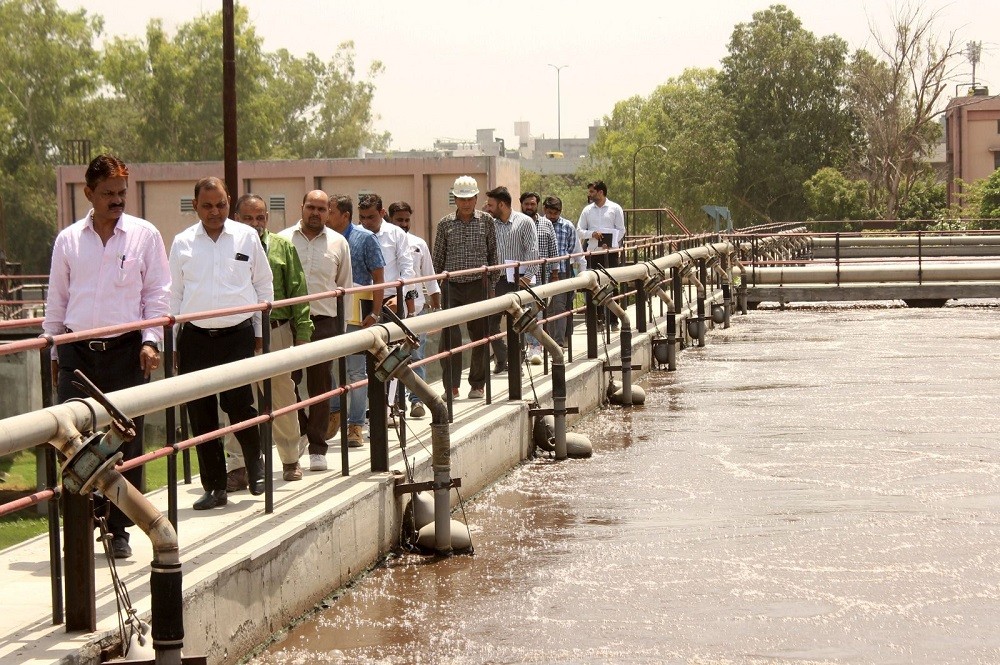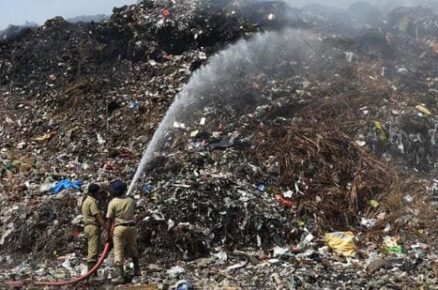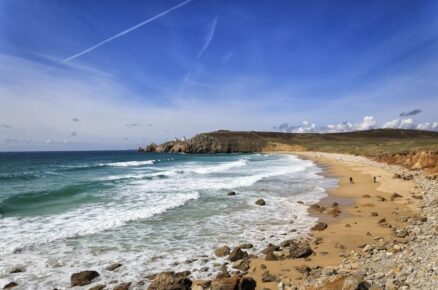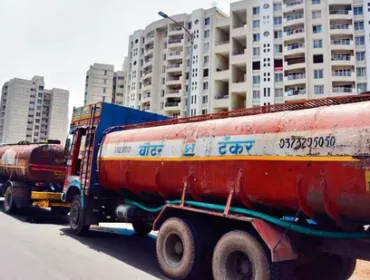• Delhi Jal Board (DJB) Vice Chairman Somnath Bharti visits WWTPs of Keshopur and Kapashera for inspection
• Treated water from Keshopur WWTP being reused in multiple ways – Delhi’s water shortage to end
• Water body in Kapashera to be rejuvenated – DJB officials instructed to prepare action plan
WD News: Delhi Jal Board is upgrading the Keshopur Wastewater Treatment Plant. Delhi Jal Board Vice Chairman Shri Somnath Bharti recently visited Keshopur Wastewater Treatment Plant and inspected the upgradation work at the plant.
During the visit, Somnath Bharti asked officials to complete the work within the stipulated time while instructing them to make alternative arrangements for sewage treatment during the modernisation of the plant.
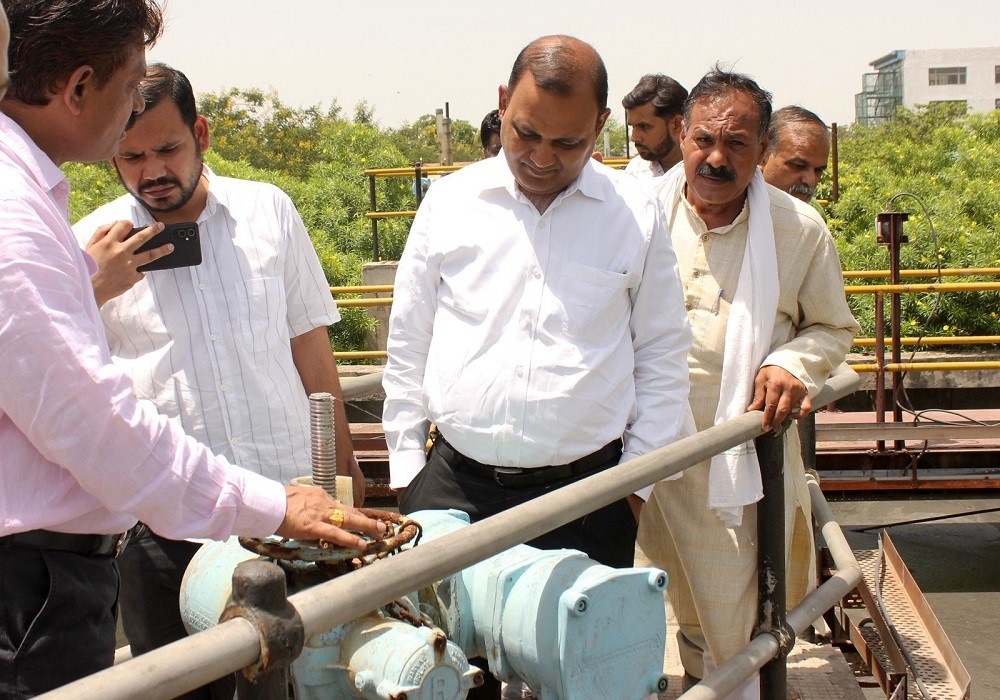
The DJB Vice Chairman also visited the Kapashera Wastewater Treatment Plant having a capacity of 5 MGD. He directed the officers to prepare an action plan to increase the capacity of the plant. The water body of the nearby village will also be rejuvenated with the treated water of the WWTP.
During the inspection, Bharti found deficiencies in sludge management in the plant. He gave instructions to the DJB officials to remove all shortcomings of sludge management within a week.
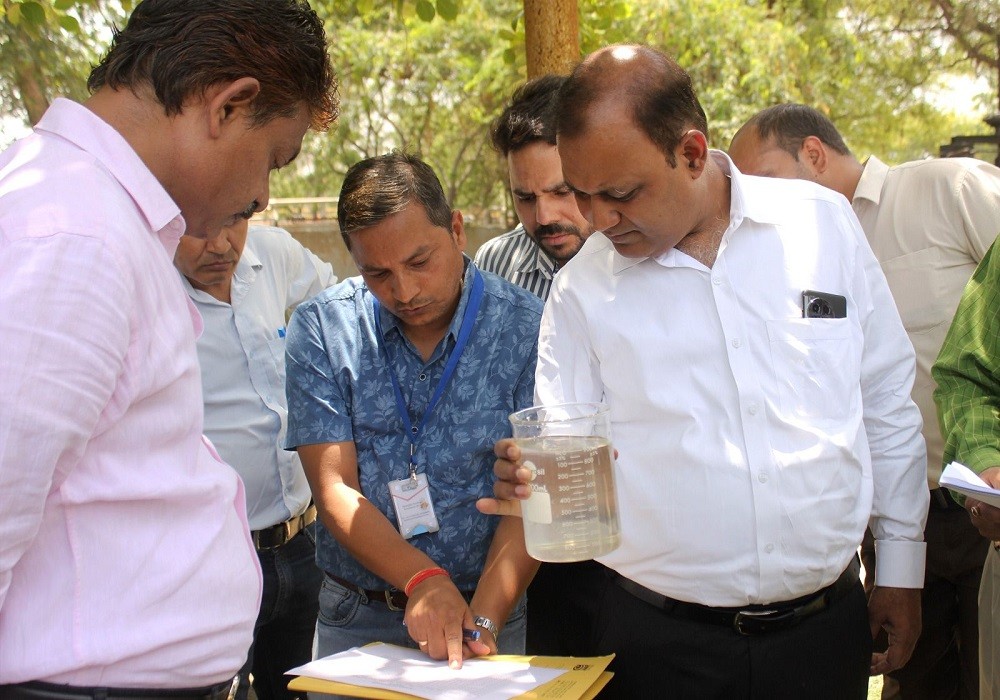
Three WWTPs of Keshopur to be Upgraded to Help Clean Yamuna River
During the inspection of Keshopur WWTP, Bharti said that at present, there are three WWTPs in Keshopur. The quality of treated water of 12 MGD WWTP of Keshopur far exceeds the prescribed standards. If this water is passed through two more stages of treatment, it will be turned into potable water. Similarly, two more wastewater treatment plants of 20 MGD and 40 MGD are functioning in Keshopur. Delhi Jal Board is working to upgrade all three plants to raise the capacity of Keshopur. This will also help raise the quality of treated water under the Clean Yamuna Mission.
He further said that the quality of treated water of 20 MGD Keshopur WWTP is being enhanced and it will be brought up to the prescribed standard of 1010 by January 2024. While the work of increasing the capacity of Keshopur Wastewater Treatment Plant 3 is underway, the capacity of this plant will be increased from 40 MGD to 60 MGD by January 2024. Its standard will also be increased up to 1010. These efforts are aimed at making Yamuna pollution free.
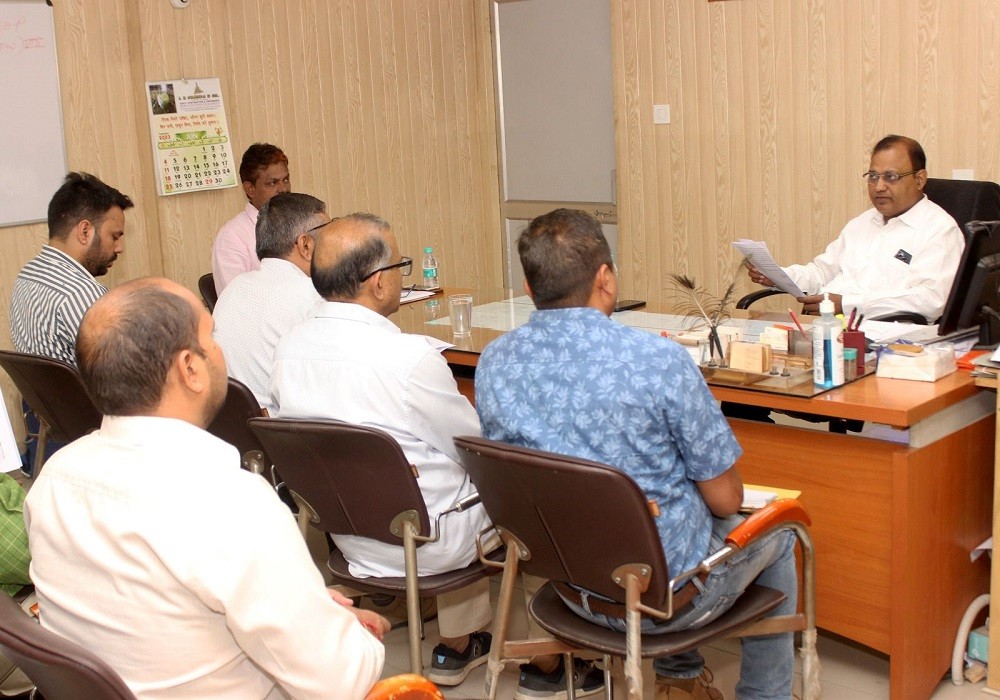
Treated Water of Keshopur WWTP Being Reused
The DJB Vice Chairman shared that treated wastewater from Keshopur is being used in many ways such as non-domestic activities like horticulture, under-construction sites, industrial units, etc. It is being transported from one place to other through tankers and pipelines for these purposes. The remaining treated water is then released into the Yamuna River through drains. DJB has planned to collect treated water in nearby public parks to help recharge the groundwater and install tubewells around them. This water will be treated and purified by installing RO plants. This way, the water will be brought to the supply system once again.
Kapashera Water Body to be Rejuvenated Using Treated Water from WWTP
The DJB Vice Chairman also visited Kapashera Wastewater Treatment Plant having a capacity of 5 MGD. He directed DJB officials to prepare an action plan to increase the capacity of this WWTP. He said that the water body of nearby village will be renovated with treated water of Kapashera WWTP. At present, treated water of this WWTP is being released into Najafgarh Drain. DJB is preparing a plan to transport the treated water of this plant to the water body through a pipeline. The rejuvenation of the water body will help recharge the groundwater and raise water table.
Source & image courtesy: DJB



